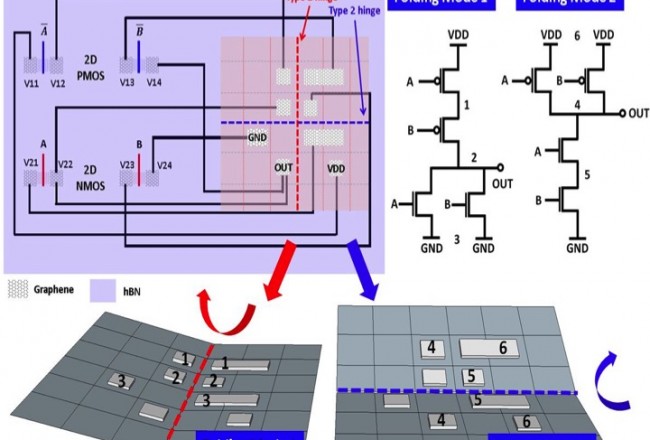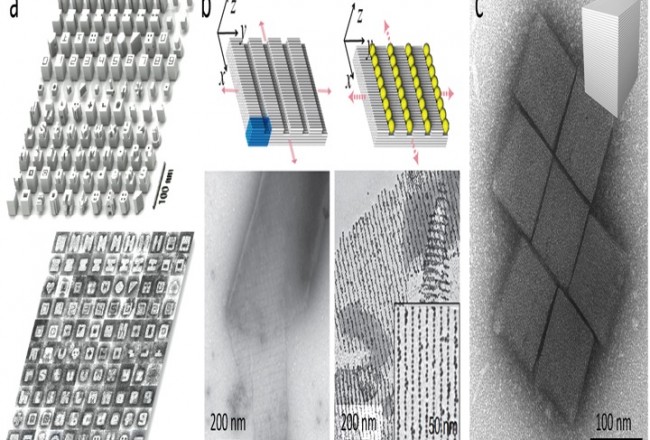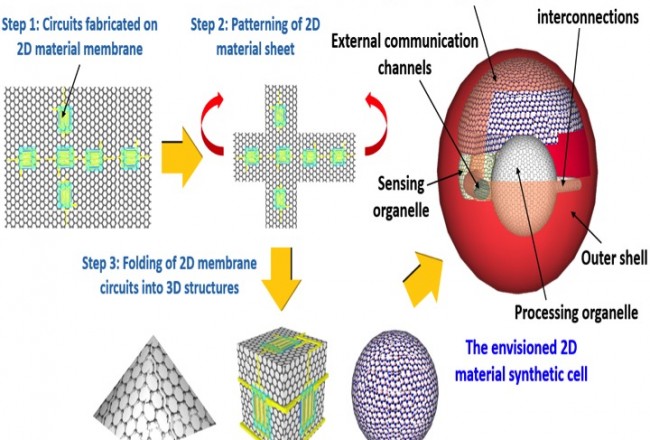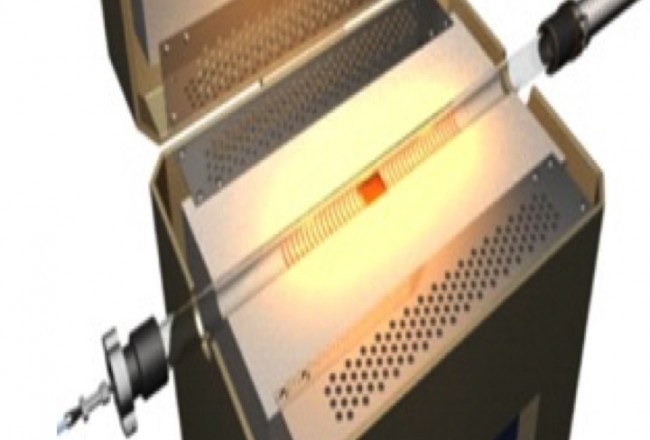Research Problem
The majority of electronic systems to date are based on planar fabrication technology. Further scaling of this technology is limited by lithography, interconnections and expensive 3D packaging. In 2015, the Air Force Office of Scientific Research (AFOSR) awarded a Multidisciplinary University Research Initiative (MURI) project to develop a new paradigm for the fabrication and design of electronic systems that is not limited by planar fabrication technology.
The “Foldable and Adaptive Two-dimensional Electronics” (FATE) MURI, led by MIT in collaboration with the University of Southern California and Harvard University, proposes a new integrated approach to electronic systems based on the controllable and scalable folding of smart membranes formed of two-dimensional (2D) materials and circuits.
We expect that the proposed collections of foldable, modular components will possess unprecedented performance density, adaptability and a transformative impact for many applications.
Technical Approaches
The FATE MURI combines a team of world leading experts on nanomaterial origami and kirigami, the basic physics, growth, chemistry and nanotechnology of 2D materials, as well as on the design, fabrication and modeling of state-of-the-art electronic devices, circuits and systems. Our approach to demonstrate the potential of flexible and foldable 2D electronics is based on four parallel and highly complementary thrusts:
- Synthesis of 2D Materials
- Folding of 2D Materials
- Electronic Devices, Circuits and Systems
- Molecular and Mechanical Modeling
To develop the proposed vision, the FATE MURI will drive the science and technology of 2D membranes systems, where we will leverage our world-class nanofabrication facilities and unique technical capabilities:
- Chemical growth of high-quality large-area 2D materials
- State-of-the-art graphene and MoS2 CMOS technology
- DNA-assisted lithography and fabrication
- Advanced surface functionalization of 2D materials
- Multi-scale simulation and modeling of electronic and mechanical properties
- Expertise in the system-level application of 2D materials to electronics and optoelectronic problems.
Anticipated Outcomes
We expect our efforts will allow a major advancement in the science and engineering of membrane electronics, including growth and characterization, development of scalable and controllable folding (and unfolding) membrane technologies, several system-level prototypes, and the computer aided design (CAD) tools needed to design, simulate and model these new systems. In addition, the funding will result in 12 PhD students with excellent multidisciplinary training in materials science and nanoelectronics.
Team

Prof. Tomás Palacios (PI) Group website Prof. Michael Strano Group website |

|

|



